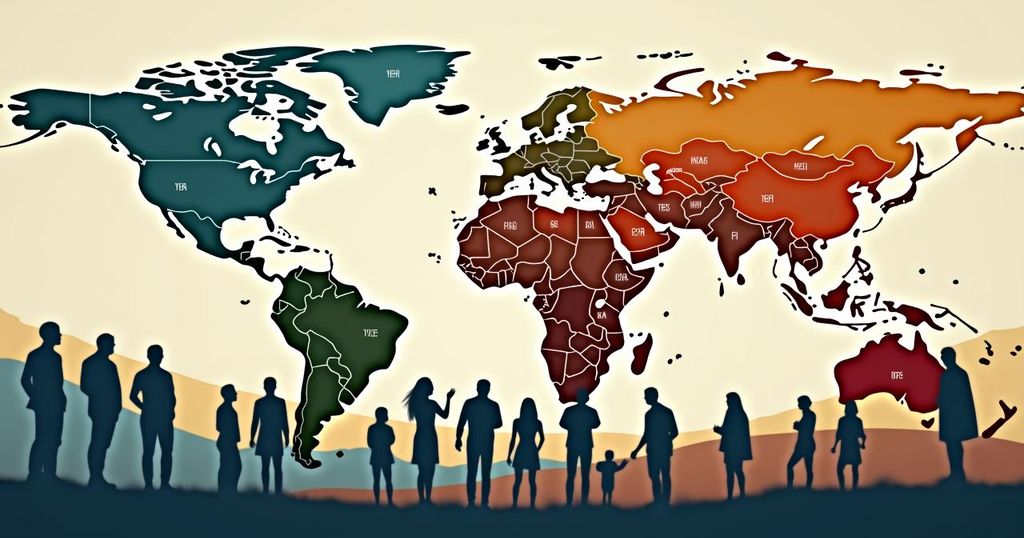An Overview of the Most Challenging Countries to Live In
This article examines the countries with the poorest living conditions based on various factors including political instability, insufficient healthcare, and high poverty rates. Countries listed include Mozambique, Sierra Leone, Burkina Faso, Yemen, Burundi, Mali, Chad, Niger, the Central African Republic, and South Sudan, all suffering from severe challenges that hinder their populations’ quality of life.
The living conditions in certain countries are profoundly affected by various socio-economic challenges and political instability. Countries such as Mozambique, Sierra Leone, and Burkina Faso exemplify the struggles faced by their populations due to inadequate healthcare, high unemployment, and insufficient educational facilities. Mozambique grapples with severe economic hardship marked by high poverty rates and inadequate medical access, influencing public health negatively. In Sierra Leone, political instability leads to widespread poverty and a strained healthcare system that fails to provide adequate service, particularly in rural regions. Burkina Faso deals with the repercussions of ongoing violence from extremist factions, threatening the safety and well-being of its citizens while limiting economic opportunities. This pattern is echoed in Yemen, where the civil war has devastated the economy and destroyed critical infrastructure, leading to dire humanitarian circumstances, including food insecurity and lack of essential services. Similarly, Burundi’s economic difficulties and political unrest hinder access to healthcare and education, while Mali’s persistent turmoil leads to armed conflicts that displace many individuals, further straining access to necessary resources. Chad faces challenges tied to its dependence on oil, leading to unintended vulnerabilities in its economy. Niger, afflicted by severe drought and security threats, particularly from extremist groups, experiences heightened uncertainty that affects daily life. Moreover, the Central African Republic endures ongoing conflicts that create a humanitarian crisis characterized by displacement and a dearth of basic necessities, including healthcare. Lastly, South Sudan’s situation remains grave due to post-independence civil strife, resulting in malnutrition and high poverty levels, compounded by limited access to essential services. Collectively, these nations highlight the complexity of the issues that render them some of the most challenging places to reside in globally.
The issue of living conditions in various countries is influenced by a multitude of factors, including political stability, economic opportunity, healthcare accessibility, and educational quality. The countries deemed the worst to live in often suffer from overlapping crises that create an environment of hardship and insecurity. International assessments, such as the United Nations Human Development Index, evaluate these conditions and help identify nations in deep distress, thus guiding humanitarian efforts and policy-making. By examining the specific challenges faced by each country, a clearer picture emerges of the systemic issues affecting quality of life.
In conclusion, the countries identified as the worst to live in share common challenges characterized by political instability, economic hardships, and limited access to essential services like healthcare and education. Mozambique, Sierra Leone, Burkina Faso, Yemen, Burundi, Mali, Chad, Niger, the Central African Republic, and South Sudan stand out due to their unique yet overlapping struggles. Addressing these complex issues requires a multifaceted approach that includes humanitarian assistance, infrastructural development, and long-term commitment to stability and economic growth.
Original Source: m.economictimes.com








Post Comment